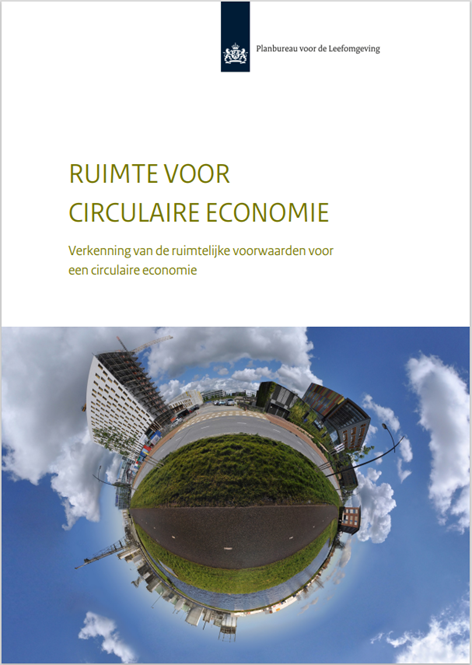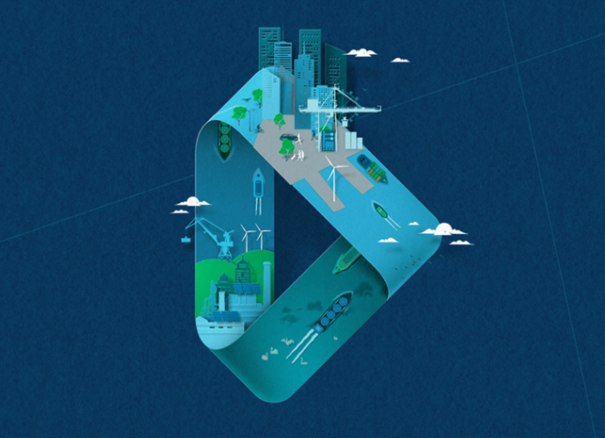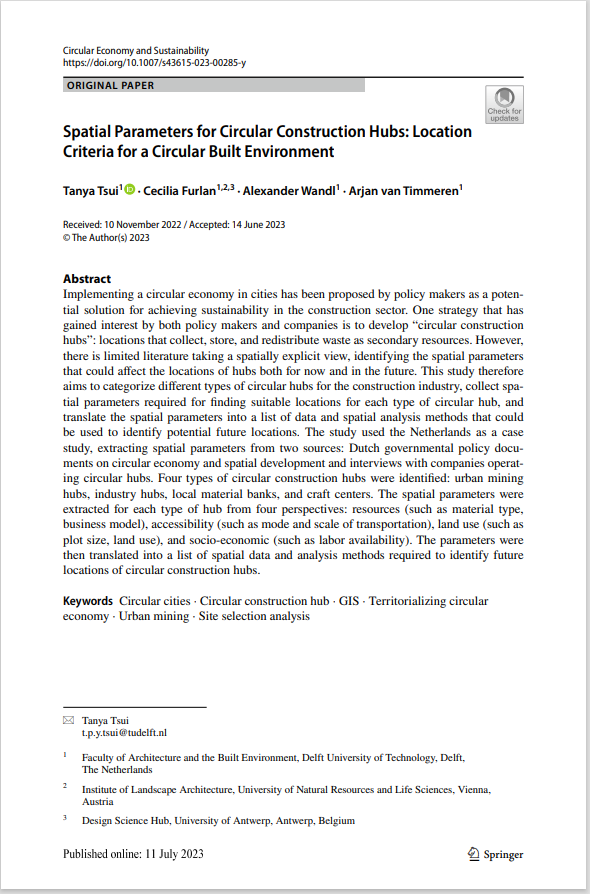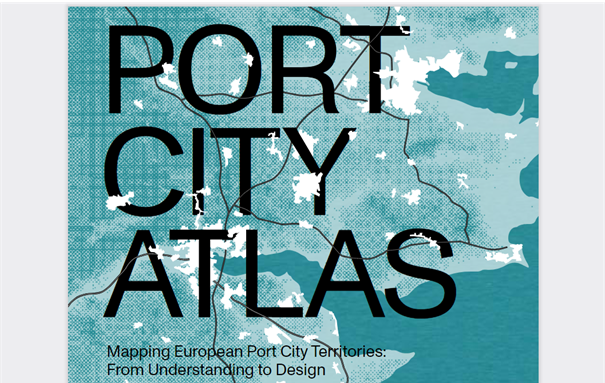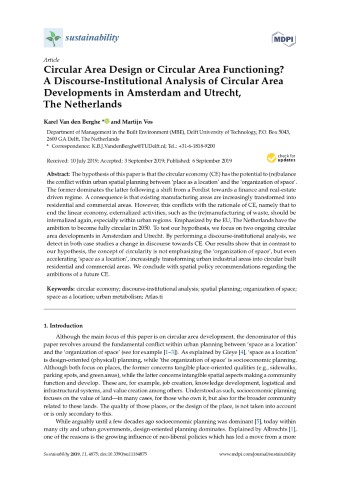Exploring the spatial conditions for a circular economy
The Dutch government’s commitment to a fully circular economy by 2050 means radically less and more efficient use of raw materials. This will require significant changes in industry, processing, consumption and logistics of materials and goods.
This transition to a circular economy will need to be spatially embedded. It is not yet clear what a fully circular economy will look like in 2050. For example, it makes a big difference whether the required transition will mainly involve consumers or producers, what role digital and technological innovations will play, and at what scale cycles will be organised. In this report, PBL explores the implications for the demand for and design of space in a fully circular economy using four scenarios. The future scenarios show that the transition will look different – with different developments in societal attitudes and with different actors taking the lead.
Source: PBL
